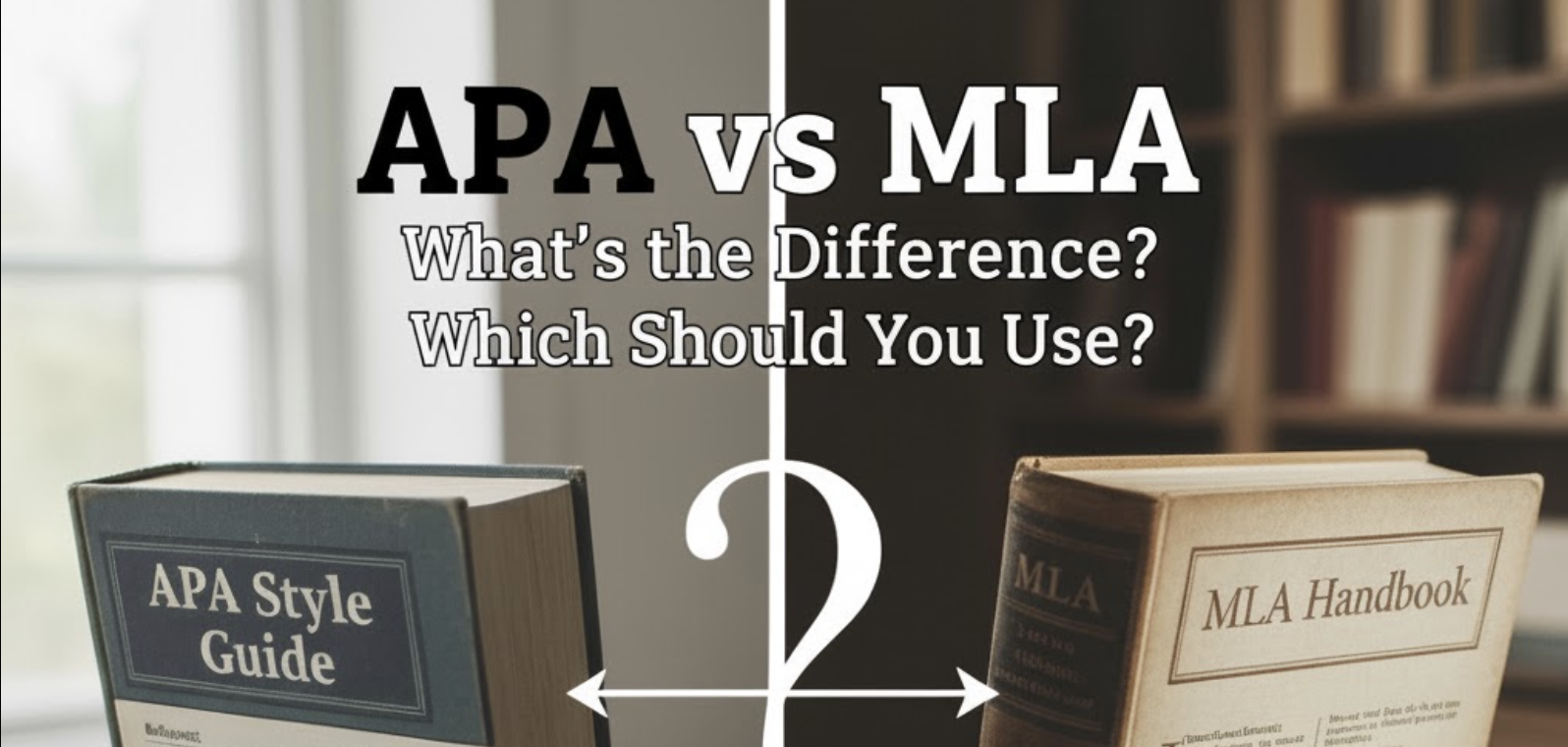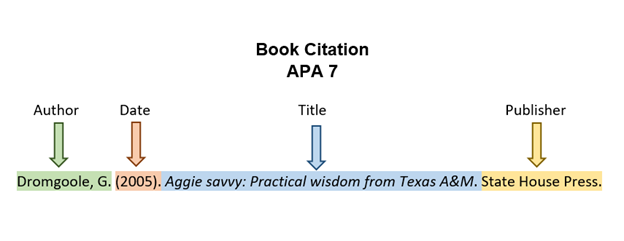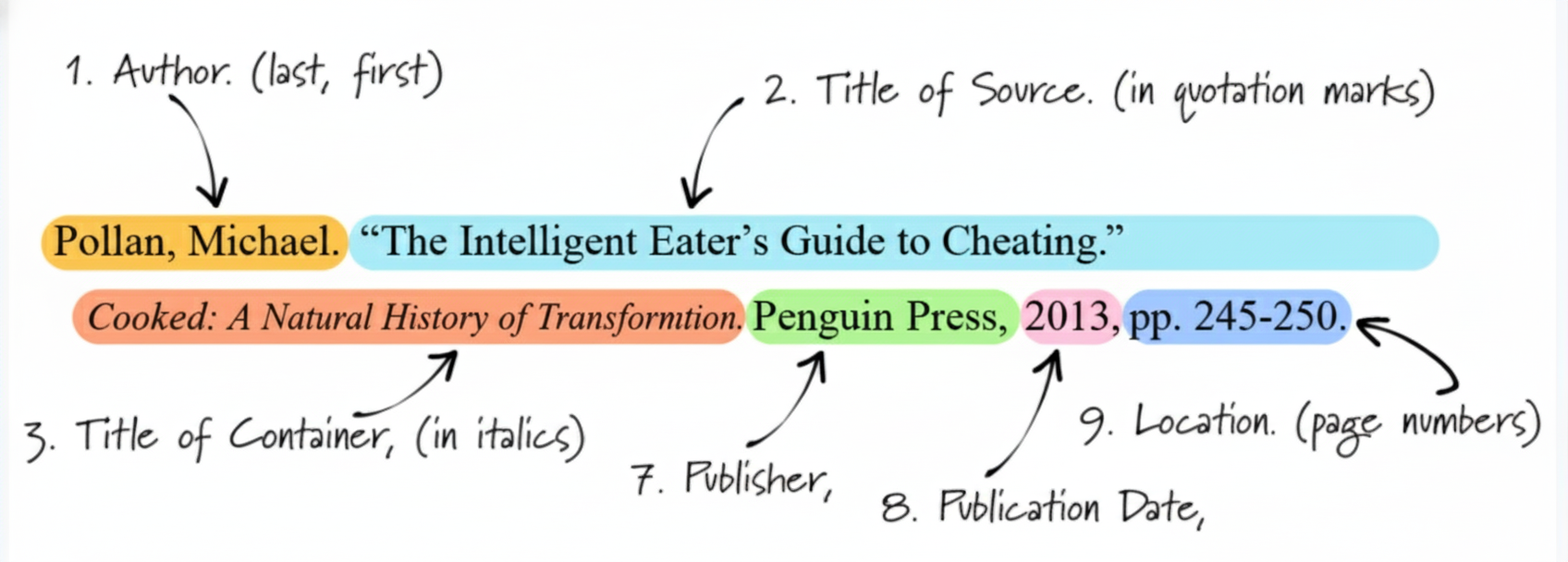
What Harvard Style Is and How to Use It Correctly
What Harvard Style Is and How to Use It Correctly
The Harvard referencing style is one of the most widely used citation systems in academia. This guide explains its basic rules, examples, and applications to help writers and students cite sources accurately.
Unlike some styles, such as MLA or APA, the Harvard reference style is not so much a strict set of rules as it is a descriptor for the author-date style of citation and references; guidelines can vary by institution, so there is no single style guide or overseeing authority. Edward Laurens Mark, a professor at Harvard, first implemented this style of citing and referencing in the 1880s, but despite its name, the style has no official ties to modern-day Harvard University.
Although its use will vary across organizations, understanding the basics of this approach can’t hurt! At its core, Harvard style simply refers to the author-date system for in-text citations, followed by a full bibliography or list of references at the end of a text. In the text itself, basic Harvard citations would look something like the following.
Professor Wormbog (1980) argued that lasagna is the best noodle-based food.
According to some experts, lasagna is the best noodle-based food (Wormbog, 1980).
“Lasagna is far superior to any other meal” (Wormbog, 1980, p. 45).
Note the various methods; when you state an author’s name in a sentence, only the date needs to be in parentheses. If you do not refer to that author directly in the sentence, enclose the name and date together in parentheses. For direct quotes, many institutions also require a page number or similar.
When referring to multiple authors, use “et al.” if there are more than two or three (again, conventions vary)—for example, (Wormbog, Bogworm, and Jones, 1980) or (Wormbog et al., 1980).
Your reference list or bibliography should include the basic information needed for a reader to find that source.
For a book: Author’s surname(s), INITIALS., Year. Title. Edition (if not the first). Place of publication: Publisher.
For an edited book, no author: Editor’s surname(s), INITIALS., ed. or eds (as appropriate), Year. Title. Edition (if not the first). Place of publication: Publisher.
For an online journal article: Author’s surname(s), INITIALS., Year. Title. Journal title [Online], volume(issue). Available from: URL [Accessed date].
For a film/DVD/performance recording: Title, Year of release. Material designation. Directed by (followed by director’s name in full). Production details i.e. Place: Organization.
For a website: Author’s surname, INITIALS., Year. Title [Online]. Place of publication: Publisher (if known). Available from: URL [Accessed date].
These basics are a good place to start if you’re instructed to use Harvard style without additional guidance, but instructors, institutions, and publishers will generally provide more specific style guides when necessary.


